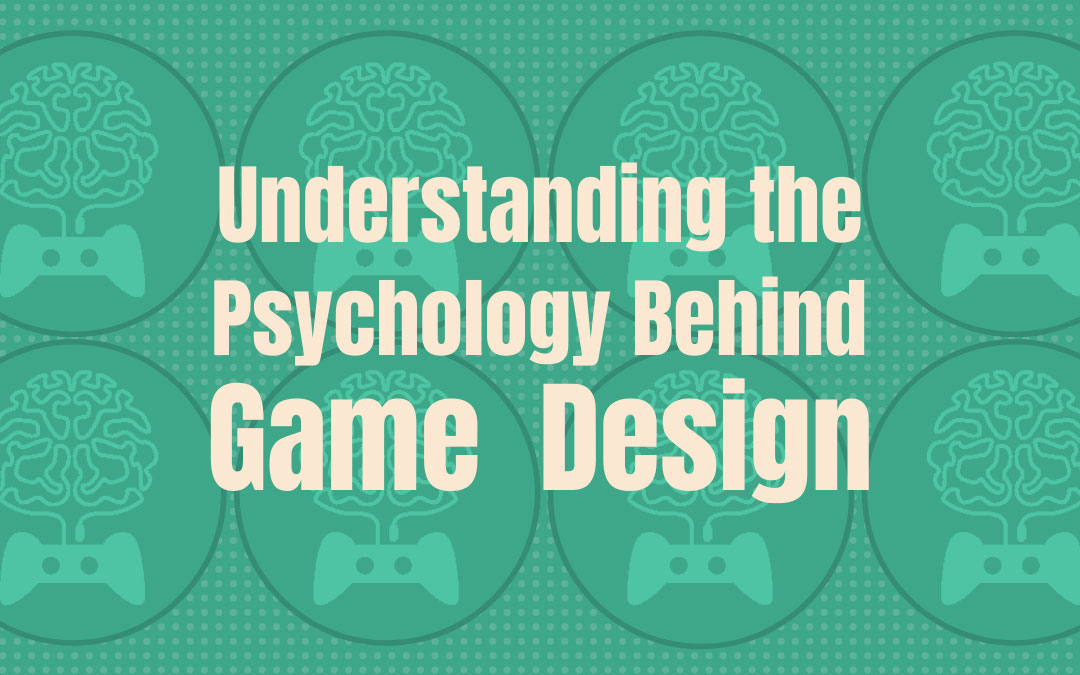Curated by Jamie Madigan, Ph.D., originator of psychologyofgames.com where you can find his writings. Jamie writes and talks about how psychology can be used to understand how games are made, played, and sold. He has written on the subject for various websites and magazines and is the author of The Psychology of Video Games and Their Impact on the People who Play Them.
With sales in the tens of billions of dollars each year, just about everybody is playing some kind of video game, be it on a console, computer, Facebook, or phone. Much of the medium’s success is built on careful adherence to basic principles of psychology, which is becoming even more important as games become more social and sophisticated. While there is not yet a job category called “game psychologist,” it is a frequently searched term on Google. For the last few years, I’ve been writing about the overlap between game design and psychology. Understanding the intersection of those two disciplines can not only help you make better products games, but get more out of games as a player on your own terms.
Psychologist and Lead Designer of Social Systems for League of Legends Jeffrey Lin presents findings that he and his team have done on the social psychology of toxic behavior online and how to nudge players in the right direction.
Think about how the traits of toxic player behavior can manifest themselves in other products. How can users be nudged to avoid such behavior?
Scott Rigby is part of the team at Immersyve that uses psychology to advise on game design. In this presentation, he and his colleague Troy Skinner (no relation) discuss how the satisfaction of certain psychological needs can increase engagement and playtime in mobile games.
Think about new ways to satisfy needs for relatedness, autonomy, and mastery in your product.
In this video, the Extra Credits team tell us about the behavioral revolution in psychology led by B.F. Skinner and how his insights into learned behaviors both help and hinder game development.
Think about Skinner boxes and rewards that exist only out of tradition and how they can be cut out or changed.
As a companion to the Skinner video, Ben Lewis-Evans discusses the role played by the neurotransmitter dopamine in learning, motivation, and habit. Lessons for game and product design are, of course, included.
Consider what rewards exist in your product and how their scheduling affects user motivation.
It’s not over once the game is designed and on shelves, though. The Reality Check team explores some of the psychological levers that Steam and other digital distribution outlets use to move gamers during big sales events.
Think about where else these psychological sales techniques appear, and whether the strategies you’ve developed to resist them elsewhere also apply to digital sales.
Sean Baron looks at how Mihaly Csikszentmihalyi’s (that’s “Chick-Sent-Me-High”) concept of psychological flow can be applied to efforts at dialing in difficulty during game design.
Consider how your product satisfies or doesn’t satisfy the requirements for psychological flow and how it could be changed.
Other Product Psychology Lessons
- Building Community Starts with Understanding People
- When Persuasion Becomes Deception
- Mastering Pricing Principles
- A Handy Behavioral Design Toolkit
- Onboarding Matters – Getting Users Engaged in your Product
- Dual Process Theory: Is Your Product the Elephant or the Rider?
- Web Psychology – The Science of Online Persuasion
- Developing User Empathy with Design Sprints
- Want To Be A Game Psychologist? What You Need to Know
- How to Do Effective User Research
- Context Driven Design (The “Context Effect”)
- Writing Copy for Your Reader’s Brain
- Designing Habit-Forming Products
- Games, Play, and Motivation
- How Scarcity & Impatience Drive Irrational User Behavior
- Should You Listen To Your Users or Your Data?
- Emotional Engagement – Designing with the Heart in Mind
- Product Psychology: The 3 Things Everyone Should Know About

